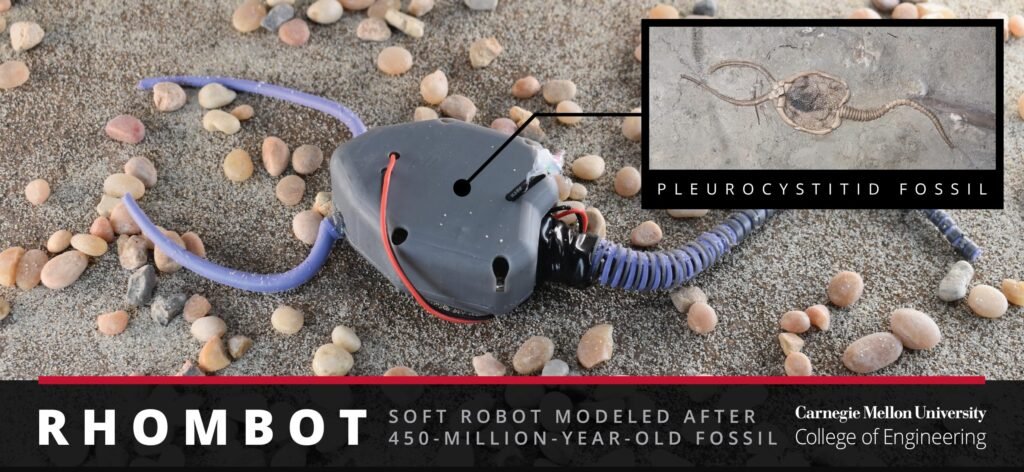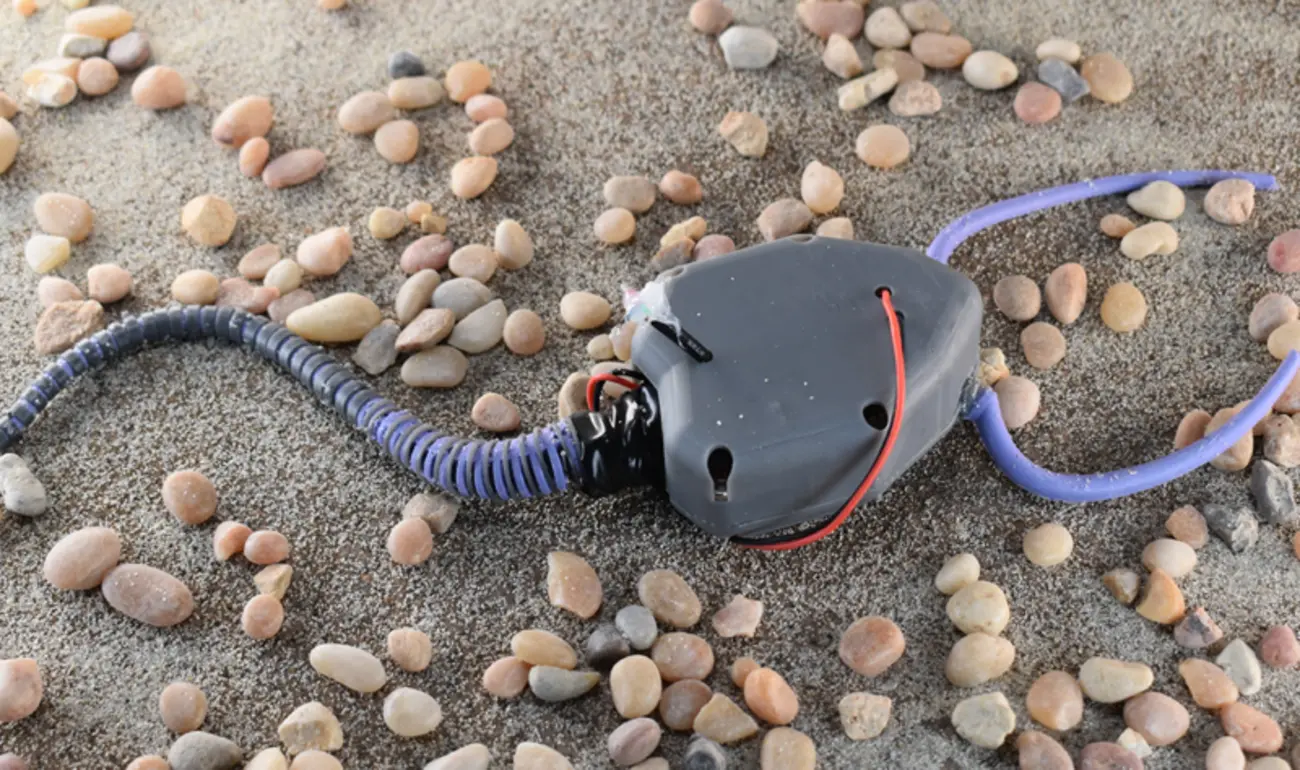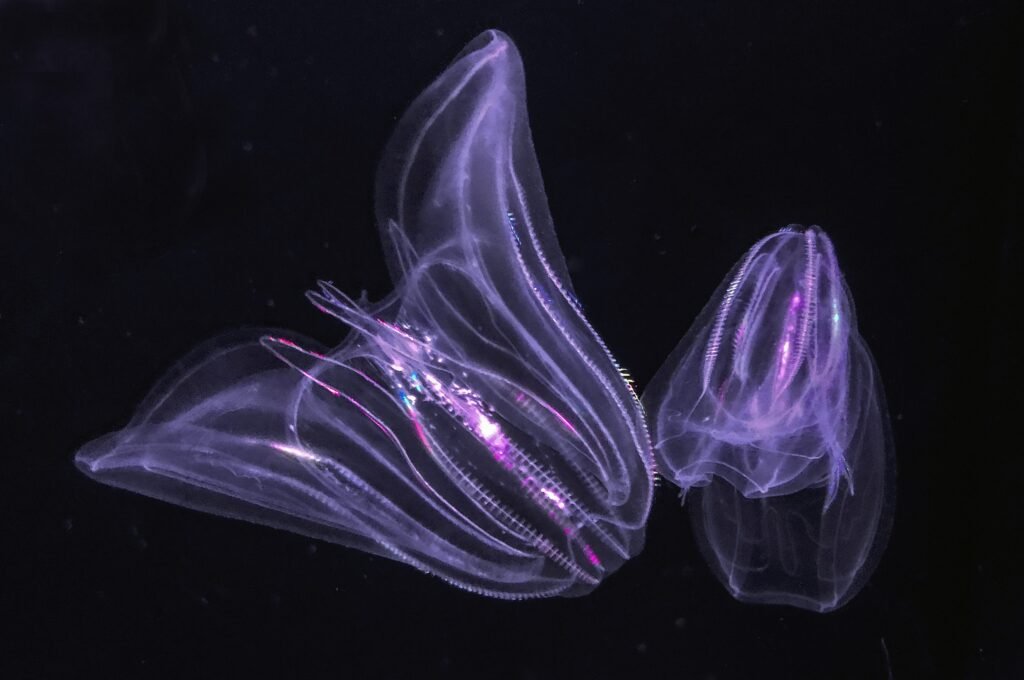Scientists reconstructed long-extinct fossil creature as a robot
A team of scientists has reconstructed a long-extinct fossil (an ancient sea creature that lived 450 million years ago) as a robot. So far, when scientists and engineers have created soft robots inspired by creatures like modern living organisms.
For example, they have constructed soft robot applications that could act like squid, grasshoppers, and cheetahs. However, this is the first time, scientists have reconstructed a long-extinct fossil creature by combining ideas of paleontology and soft robotics.
This newly constructed fossilized creature model is a soft robot version of a Pleurocystitid, an extinct sea creature. Pleurocystitids are linked to echinoderms like starfish and broken stars that live today.
To make a robotic version of a fossil, it was significant to study the evolution of Pleurocystitids because scientists think it was the first echinoderm that could move. The research shows that Pleurocystitids used a muscle stem to move along the sea floor.
The life habits and posture of Pleurocystitids are pretty well understood but the mechanisms, that control its stem movement are very controversial. However, the new soft-robot replica also refers to the Rhombot or Pleurocystitid.
This significant development helped scientists figure out, how the organism moved and solved other questions about how echinoderms evolved. Scientists also believe Pleurocystitid will be the basis for paleo bionics, a new field that explores biomechanical differences between living things using soft robots and fossils.
Scientists usually don’t try to make a soft robot version of something dead and old, like the Pleurocystitid. It was hard to figure out how the organism moved because there is nothing similar in living organisms today.

Click here to read the updates on new tests confirming the ancient human footprints in New Mexico
In addition, fossils only reveal a small amount of knowledge about how an organism moves. One example is that some experts say the Pleurocystitid swam. However, others say it moved in a sailing or cyclic way.
The scientists worked with paleontologists (fossil specialists) to resolve these problems. They gathered all the fossil pictures, CT scans, and other proof, they could find.
Then, they used it to create the body and stem of Pleurocystitid. After that, they used rubber casting and 3D printing to make different robotic parts based on the design.
Read More:
- Sea creature turns into a baby when it is stressed out showing time travel
- Realme Narzo 70 Turbo 5G launch date, features, specifications & price
- European Space Agency printed 3D metal part in space for first time
- Earth’s mysterious Alaska triangle where over 20,000 people disappeared
- Philips Hue launched a new smart lighting solution for kitchen
- NASA to launch life-searching spacecraft to Jupiter’s moon Europa
Share this content:










Post Comment